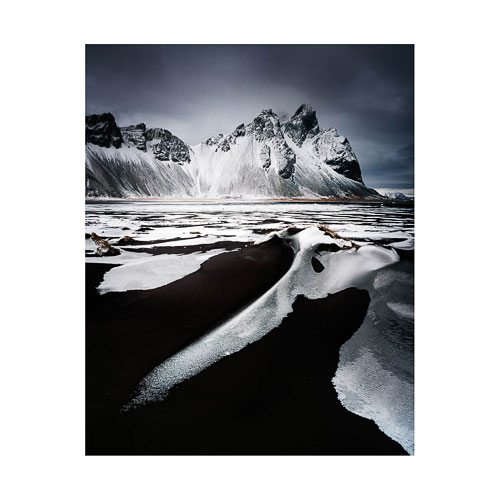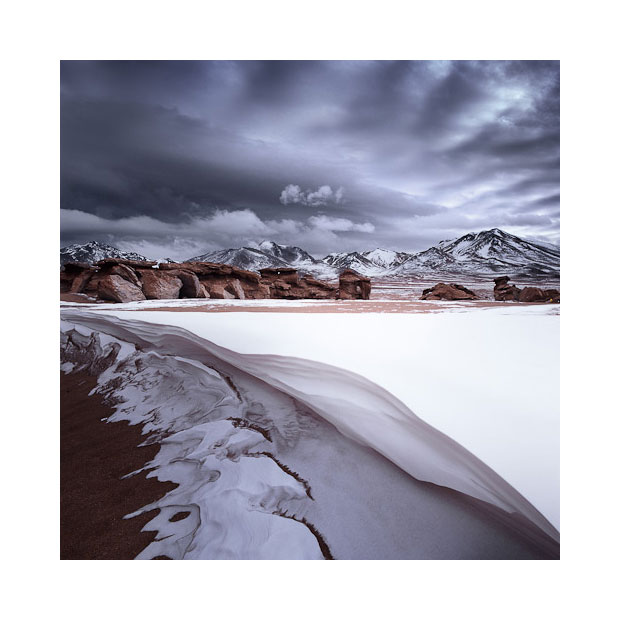A few months ago I posted an article about using focal lengths, and more precisely, how they can be used to control the balance or dominance between foreground and background subjects.
In it, I spoke about how it's not uncommon to be attracted to the edges of a landscape. For instance, I'll often find myself heading towards the edge of a lake, or the edge of the sea and I've also found myself on occasion close to the edge of a cliff.
If my habit is to always go straight down to the edge of the sea/lake/loch/cliff, this can be a real limitation in terms of controlling background and foreground dominance. As explained in my previous article about focal lengths, part of my technique in balancing foregrounds with backgrounds is by how near/far I choose to be to my foreground. Anything at infinity stays at infinity and does not change in size as I move ten feet forward/back but my foreground changes in size dramatically. By automatically heading towards the very edge of a lake, I'm reducing any opportunity to use this technique to it's fullest.
I'm also losing out in another way too though. I miss out on exploring the parts of the landscape that I pass over to get to the edge of the water. This is the main point of this post today.
I've often found many great compositions whilst on the way somewhere. I think this is because as much as I can latch on to one area of a landscape and feel it might be very interesting to work with, I actively keep my mind open to finding and noticing other things while I make my way towards it. I'm just wondering though - is this something you do when you choose to head from the car to a designated spot?
A little bit like a life-metaphor, I think we can often miss out on opportunities as photographers because we're too focussed on being somewhere else.

These days, I like to start at the back of a beach and slowly work my way forward. I'm well aware that small areas of a landscape can yield interesting compositions and I'll often find myself working with an area of a beach which is around 4 feet long for an hour or so.
This is why I prefer prime lenses because they force me to fit to the landscape, rather than me command the landscape to fit to my own rules. With a prime lens, I'm forced to move around to fit things in, whereas with a zoom it's often too easy to feel I can just stay in one spot and change focal lengths to get everything to fit together. By doing the later, I miss out on finding new compositions in my immediate surroundings whereas with the former, I'm encouraged to explore.
I feel good photography is not simply about technique or being there at the right time. But more about temperament - how patient/impatient I am, and how I tend to latch onto an area of the landscape and become blinkered and ignore the rest.
Self-awareness, of knowing how I can behave, has become a vital photographic skill for me. I know I can sometimes choose to close my eyes to many photographic opportunities. Just having this knowledge has helped me reconsider what I may be passing up on - particularly so when I'm heading towards the edge of landscape.
